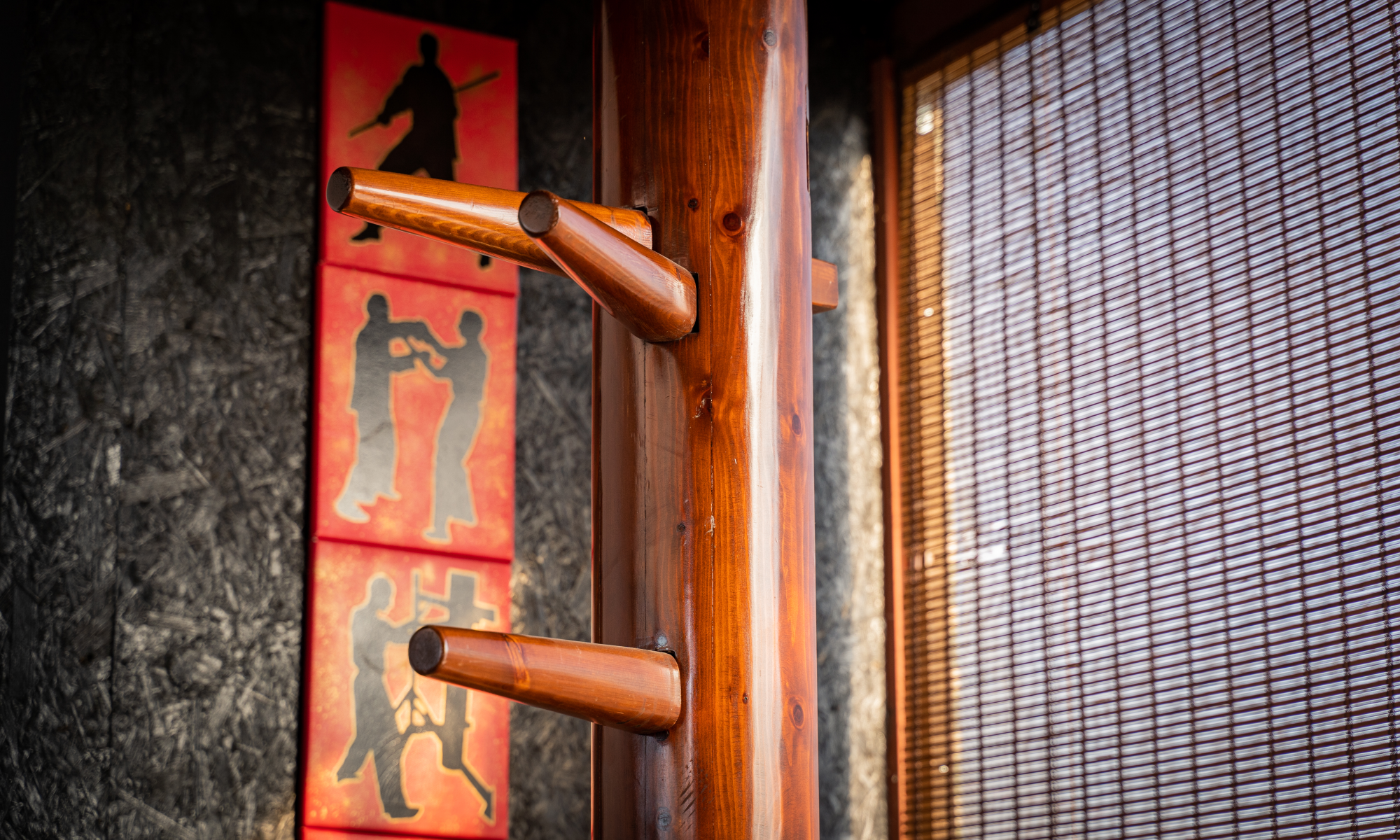The Origins of Wing Chun Kung Fu.
Around the beginning of the 18th century the Ming Dynasty came to an end and was replaced by a period of oppression under the Manchu Emperors. The monks of the Shaolin Temple, who were by now known for their Kung Fu Martial abilities, became more politically active and, as a result, the Manchu government sent troops to destroy the temple. When the temple eventually fell five elders, four monks and one nun, escaped. They were Abbots Pak Mei, Fung To Tak, Chi Shin, Mui Hin and Abbess Ng Mui who was the eldest and most proficient in boxing skills.
Ng Mui wandered the countryside and eventually took refuge in the White Crane Temple on Tai Leung Mountain. During this time she refined her Kung Fu concentrating on directness, simplicity, and the emphasis of technique over strength. It is said that she was inspired by witnessing the movements in a fight between a snake and a crane one day whilst out walking. During this period Ng Mui came to know a local Bead Curd seller called Yim Yee. Yim Yee had a daughter of marrying age called Yim Wing Chun. Yim Wing Chun had attracted the attention of a local warlord who had made it known that he intended to marry her regardless of her wishes. Ng Mui decided to help by offering to teach Yim Wing Chun Kung Fu, so Yim Wing Chun became her only disciple and studied for 3 years learning Ng Mui’s newly developed fighting style.
Yim Wing Chun then returned to her home village, challenged the warlord to open hand combat and beat him. This allowed her to marry her betrothed husband, Leung Bok Chau. Ng Mui named her new fighting style after her student, Wing Chun which translates as ‘Beautiful Springtime’. After their marriage, Yim Wing Chun taught her Kung Fu to her husband who was also a skilled fighter and he introduced the Butterfly Knives into the system. Leung Bok Chau then passed the system onto Leung Lan Kwai.
Leung Lan Kwai passed on Wing Chun to a member of the Red Junk Opera Troupe called Wong Wa Bo. Wong worked on the Red Junks with a poler called Leung Yee Tei. As it happened Leung Yee Tei had been taught the six and a half point long pole techniques by Chi Shin, one the monks who had also fled the Shaolin Temple. Wong Wa Bo and Leung Yee Tei shared Kung Fu techniques and so the long pole was added to the Wing Chun system.
Wong Wa Bo and Leung Yee Tei passed on Wing Chun to a famous Chinese doctor from Foshan in Southern Chinas Guangdong province called Leung Jan who became highly proficient and defeated many challengers. Leung Jan taught his two sons, Leung Bik and Leung Chun and his eventual successor, Chan Wah Shun. Although Chan Wah Shun was a poorly educated local merchant, and not a family member Leung Jan had known him for many years and trusted him as a very moral man.
Ip Man
Although Chan Wah Shun taught Wing Chun for 36 years he only took on 16 pupils. The last of these was a young man named Ip Man. Ip Man learned directly from Chan Wah Shun for 3 years until he passed away. At the age of 17 Ip Man went to study in Hong Kong where he came to know Leung Bik, Leung Jans eldest son. Ip Man lived with Leung Bik for 5 years and during this time completed his Wing Chun education. Upon Leung Biks death Ip Man returned to Foshan and became a well respected member of the community.
Ip Man returned to Hong Kong in 1949 and actively promoted Wing Chun for 22 years until his death in 1972. During this period this Master of Wing Chun produced many excellent students including Leung Shueng, Chui Sheung Tin, Wong Shun Leung and most famously Bruce Lee. Grandmaster Ips legacy now lives on through the teachings of his students, his two sons Ip Chun and Ip Ching, and the Ip Man Martial Arts Association. As a result Wing Chun has become one of the most popular Chinese Martial Arts in the world today.

We are part of the Ching Mo Wing Chun Association.
